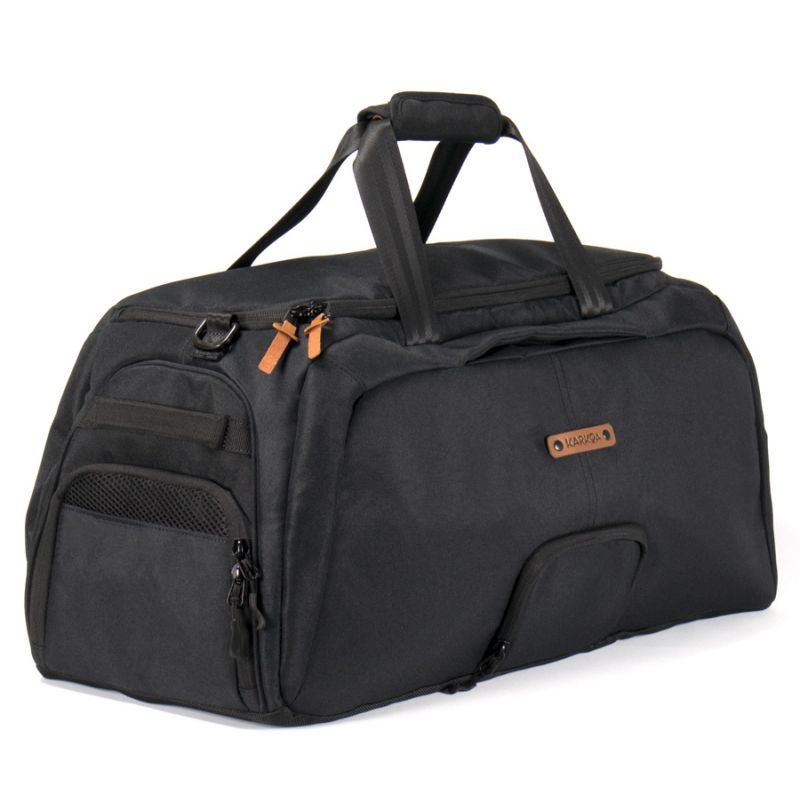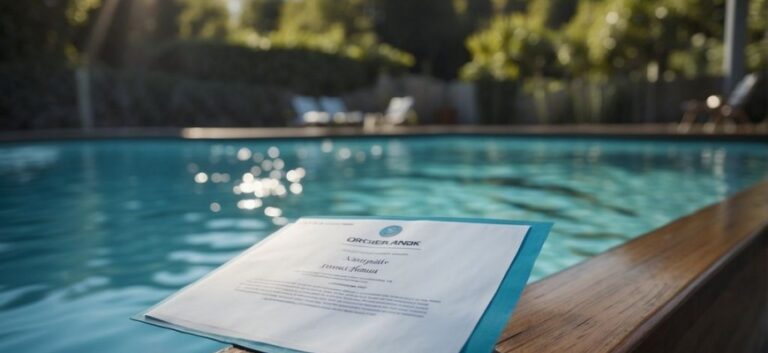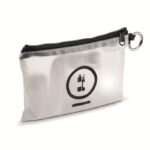In fact, every move you make has a precise definition, whether you’re reporting a foul, counting points or communicating with the rest of the team.
If you’re not completely at ease with the language of basketball refereeing, we’ve put together a list of the most common gestures here. This will make it easier for you to follow a match, or to abide by the referee’s decision if you’re on the court.
Gestures as part of the game
To begin with, the referee who follows the match is involved in both the game itself and the surrounding environment. He may have to communicate with the players, the team managers or the referee’s table, whose job it is to keep score. It is therefore important to differentiate which gestures are intended for whom.
Refereeing scores
The simplest and most obvious gestures to understand are certainly those linked to the scores. When a point is scored by one of the two teams, the referee must validate it, both for the players and the rest of the audience. There are several gestures that can be used in this context:
- The arm raised, the index finger extended and the hand moving up and down means that a point has just been scored.
- The same gesture made with the index and middle fingers extended indicates that two points have been scored.
- The referee raises his arm with three fingers extended when a player makes a 3-point attempt.
- If the player scores three points, the referee raises both arms, each with three fingers extended.
- Finally, when a basket is cancelled, the referee crosses his arms in front of his chest to indicate this.
Managing the stopwatch
As we all know, the stopwatch is of particular importance in basketball. In fact, it’s the principle on which the suspense of the biggest games is generally based. So it’s hardly surprising that referees use a number of time management moves. There are not many of them, but they are essential to understanding the game:
- When the referee has to stop the match without a foul being called, he simply raises his arm vertically with his hand fully extended.
- If a foul is to be signalled, the referee indicates this by raising one arm vertically, fist closed, and raising the other arm horizontally, palm open downwards. He then indicates the nature of the foul.
- To resume play, the referee lowers his arm in a cleaver gesture, the edge of his hand pointing towards the ground.
Team administration
As we have said, it is also the referee’s responsibility to signal the various actions that may take place within a team, or as part of a communication with the scoreboard. There are several possible gestures:
- To signal a change of player in a team, he crosses his arms at neck level, not to be confused with cancelling a basket.
- To authorise a player to enter the pitch, the referee simply waves his hand in his direction.
- To accept a time-out, he raises both hands above his head and forms a T with the palm of one hand and the fingers of the other.
- Finally, to signal communication with the table, he gives a thumbs-up in that direction.
Faults and violations
In basketball, there are two types of error. Fouls are serious occurrences in the course of the game, giving rise to various consequences such as free throws and exclusions. Violations, on the other hand, are common fouls that do not interrupt the flow of the game.
The different types of fault
Basketball fouls fall into three categories:
- Technical fouls are signalled by the two open hands coming together above the head.
- For unsporting fouls, the referee grabs his wrist with his other hand.
- Disqualifying fouls are indicated by both arms raised, fists closed.
The referee then specifies the precise foul that has been committed by making one of these gestures:
- He slaps his wrist if the use of his hands is forbidden.
- He puts his hands on his hips to indicate obstruction.
- The referee pulls back with his elbow if a player uses his elbows too much.
- He holds his wrist to indicate that a player has held an opponent.
- It mimes the action of pushing when a player has pushed someone.
- He slams his closed fist against his palm to force a passage.
Violation gestures
There is also a different gesture for each violation defined by the rules. These errors occur quite regularly, so it is not uncommon to see a referee make these movements to point them out:
- The referee makes a windmill gesture with his closed fists to indicate that a player has taken too many steps without playing or dribbling.
- He alternately raises and lowers both hands, palms towards the ground, to signal a forbidden dribble.
- He makes a to-and-fro sign with his unfolded arm and index finger to indicate a return to the zone.
- He turns the palm of his hand upwards and then downwards to announce a carry.
- The referee points to his foot when indicating that a foot fault has been committed.
- He points to the outside of the pitch with his index finger when the ball is out.
- He finally raises his two thumbs in the air to announce an entre deux.
Ready for your next basketball match?
You now know the main refereeing gestures in basketball. Now all you have to do is take your favourite basketball bag to the gym! Karkoa has designed a compartmentalised bag that allows you to separate your shoes, your basketball gear, your spare outfit and even your computer. Discover the full range of Karkoa sports bags now!
















